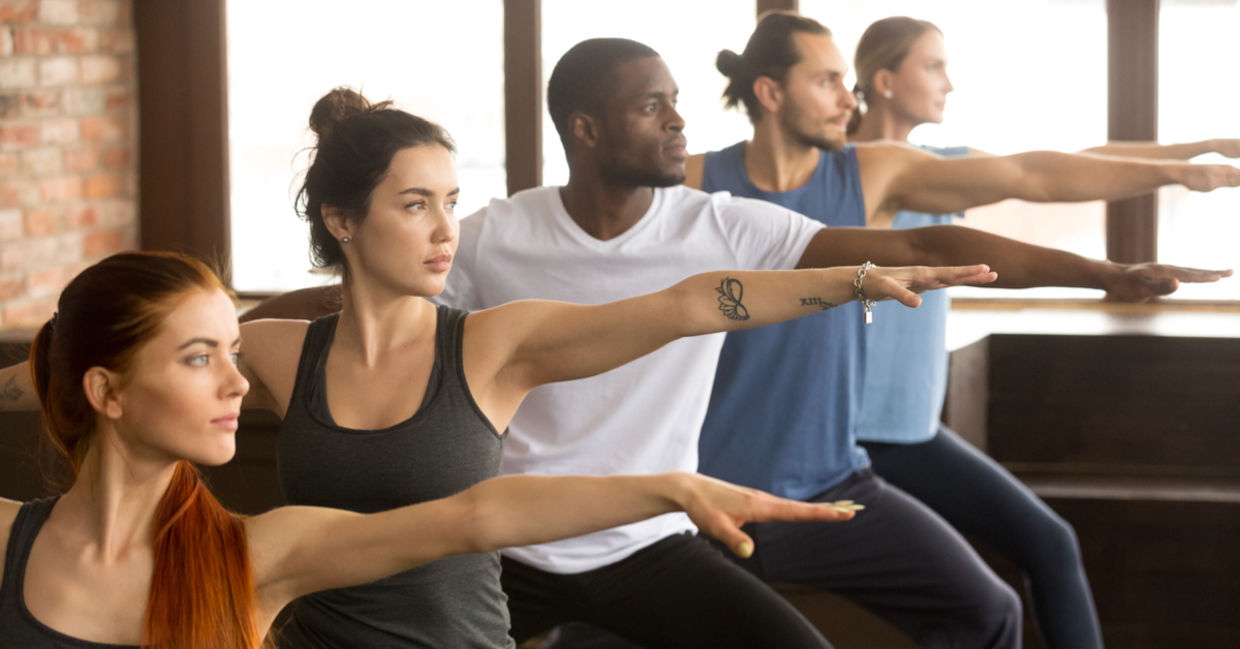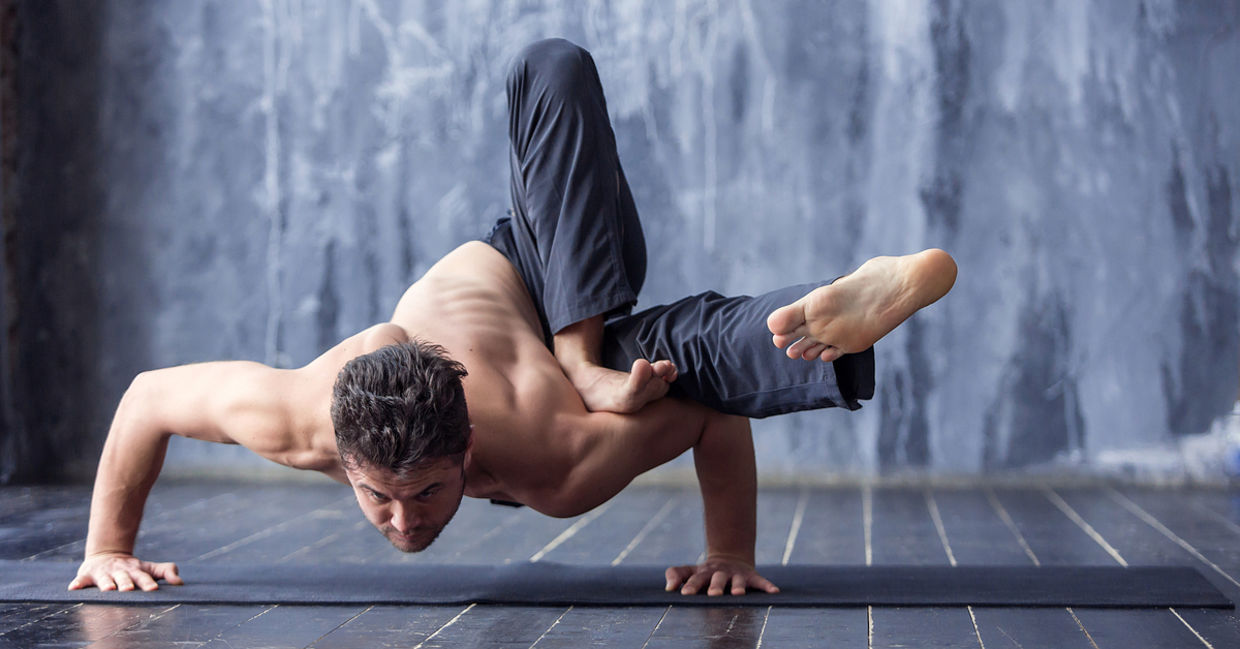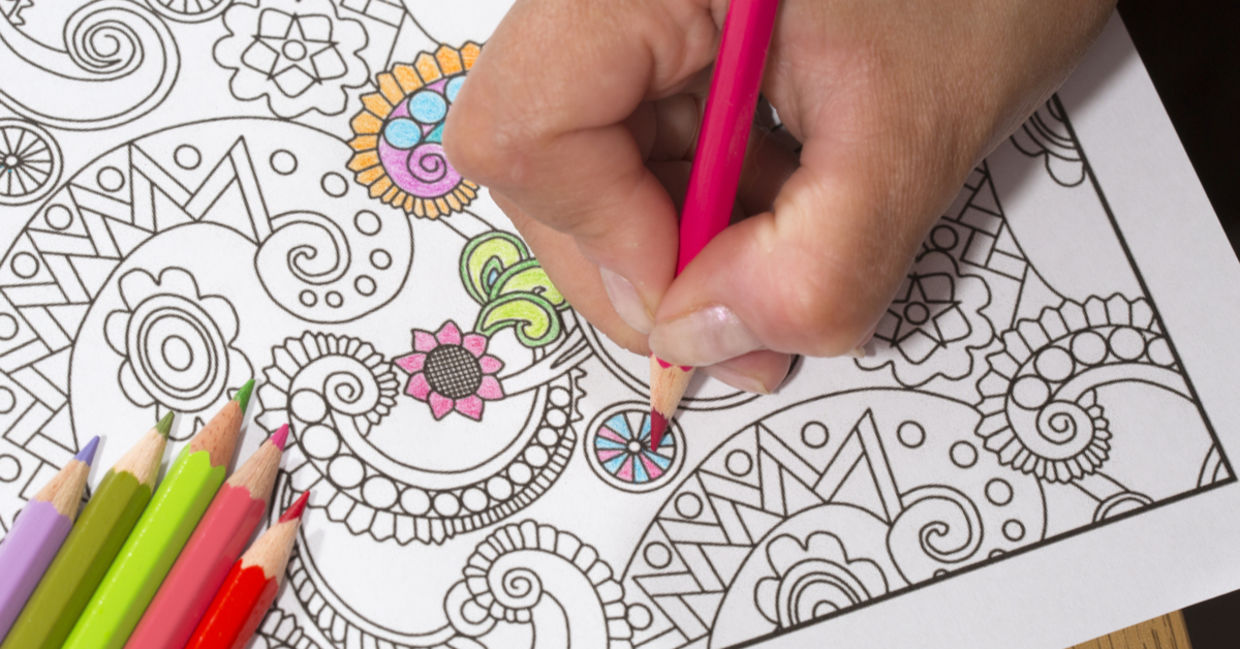
(fizkes / Shutterstock.com)
Anyone who has tried to meditate before knows how difficult it can be. Sometimes the more you try, the harder it becomes to just sit still! You may not know that alternative styles exist to practice meditation through movement.
For people who have an especially difficult time sitting still, these forms of meditation may provide a more effective way of training your mind. So if this is the case, try incorporating some of these alternative styles of movement meditations into your regular practice.
Walking Meditation
Most of the time, we walk for the sole purpose of getting from one place to another. But what if we turned walking into something sacred and intentional? To practice walking meditation, take a deep breath and slowly place your foot on the ground. As you exhale, bring awareness as you take the next step. Continue to do so. As your mind wanders, bring your focus back to each step and breath.
Through mindful walking, we bring awareness to the here and now by paying attention to the breath with each gentle step. The practice deepens our connection with ourselves and the sacred earth according to Zen Master Thich Nhat Hanh. “Take one peaceful step, you can take another, and another. Place your mind at the sole of the foot as you step. When your foot kisses the Earth, your mind also kisses the Earth.”

(LenaSunny / Shutterstock.com)
Yoga Asanas
Many in the west might think of yoga as a type of fitness. But yoga does far more than tone muscles and burn calories. It actually refers to a spiritual practice that originated in ancient India thousands of years ago.
The word “yoga” means “to join” in Sanskrit, bringing mind and body together. According to The Yoga Sutras, “Yoga is the settling of the mind into silence. When the mind has settled, we are established in our essential nature, which is unbounded consciousness.”
The now popular practice combines strengthening and stretching poses, called asanas, with deep breathing and meditation. For those who can’t sit still, yoga provides an ideal way to meditate through movement and mindful breathing.

(ZephyrMedia / Shutterstock.com)
Gardening
“The glory of gardening: hands in the dirt, head in the sun, heart with nature. To nurture a garden is to feed not just on the body, but the soul.” - Poet Alfred Austin
Toiling the soil with your hands reconnects you to the earth and helps to feel grounded. You can integrate meditation practice into gardening by practicing mindfulness. As you garden, notice the sensations of the earth in your hands, the sun on your skin, and the aromas of the outdoors. Stay in the present moment, observing the movements as you connect with nature and the source of life.
An added bonus: this type of movement meditation has tremendous health benefits, too. According to a Dutch study, just 30 minutes of gardening a day increases well being and reduces stress. Spending a little time working the soil also helps to get a better night’s rest.

(Alexander Raths / Shutterstock.com)
Coloring Mandalas
Mandalas, meaning “circle” in Sanskrit, refer to spiritual geometric symbols said to represent the universe. In Hindu and Buddhist traditions, the coloring or drawing of mandalas while meditating helps connect to the infinite, the world that extends beyond and within our bodies and minds.
Buddhist monks from Tibet spend weeks creating intricate patterns with millions of grains of sand. Monks meticulously place each dyed grain into divine geometrical patterns. Then after all of that, they destroy it before releasing every last grain into flowing water.
Why? Sweeping the mandala reminds of the impermanence of life and to cherish all that you have in the present moment. You can create your own mandalas using more simplistic drawings or designs as a form of meditation when you can’t sit still.

(Jne Valokuvaus / Shutterstock.com)
Tai Chi
When walking through a park in China, you may come across groups of people moving simultaneously in slow motion. This isn’t a dance, but actually an ancient style of meditation. The low-impact form of martial arts involves balancing a person’s internal life force, called the “Qi”, through movement and meditation. This traditional Chinese mind and body technique provides an ideal way to meditate for those who can’t sit still but also comes with tremendous health benefits like reducing anxiety, improving heart health and lowering blood pressure.
The truth is that meditation doesn’t come naturally. It is a skill that requires training the mind to relax in awareness. If you have difficulty meditating, don’t feel discouraged. Think of it like exercising a muscle. As you train the mind through practice, you become better at it. Over time, you will develop a deeper connection with the divine self and source.

(eggeegg / Shutterstock.com)







